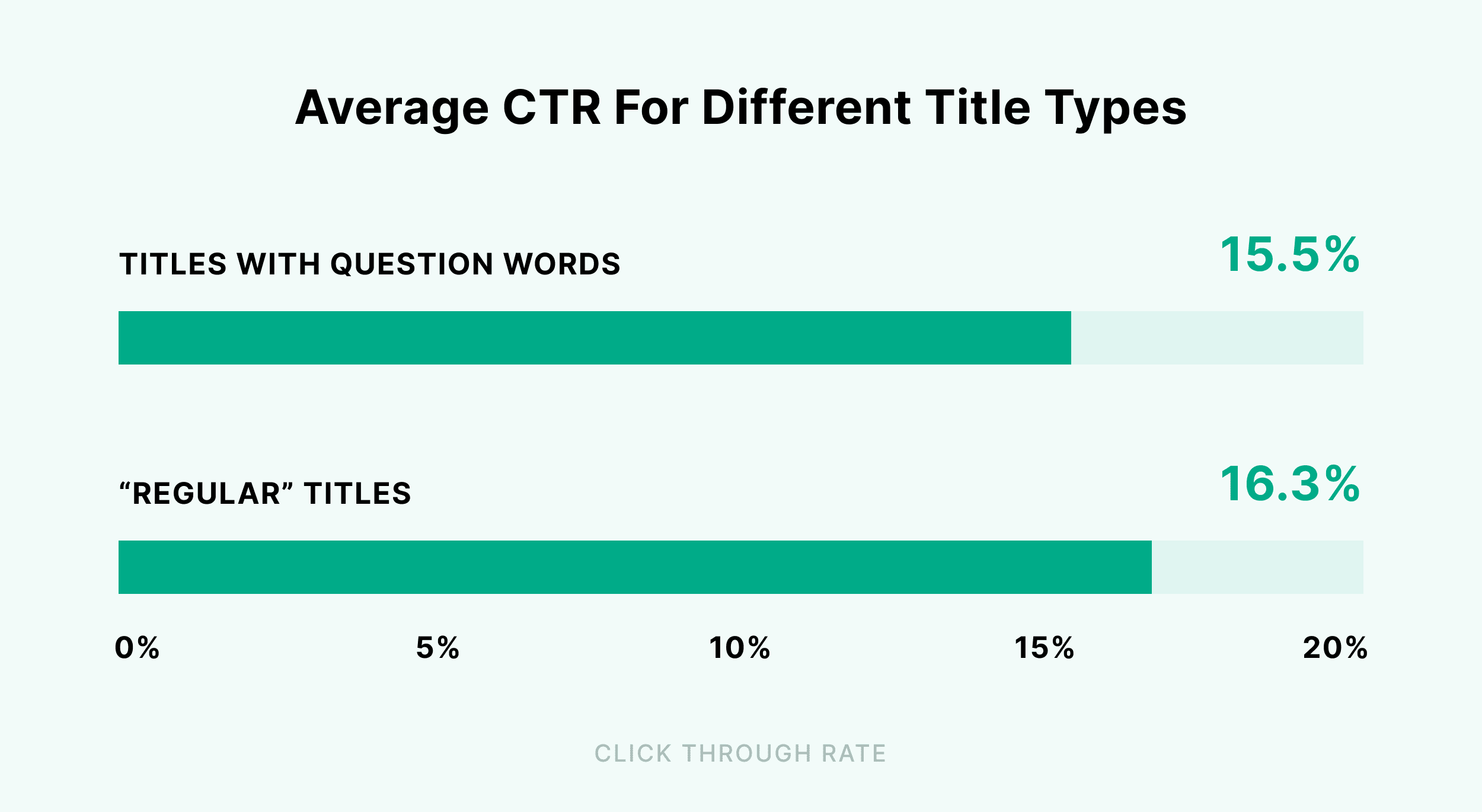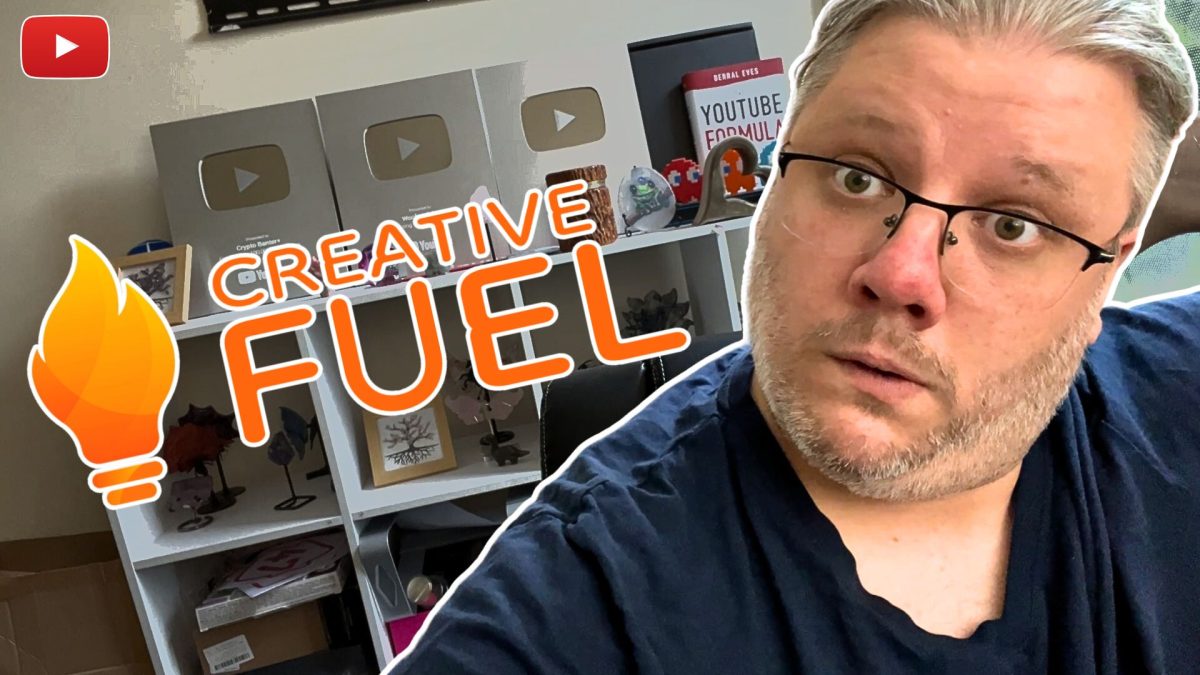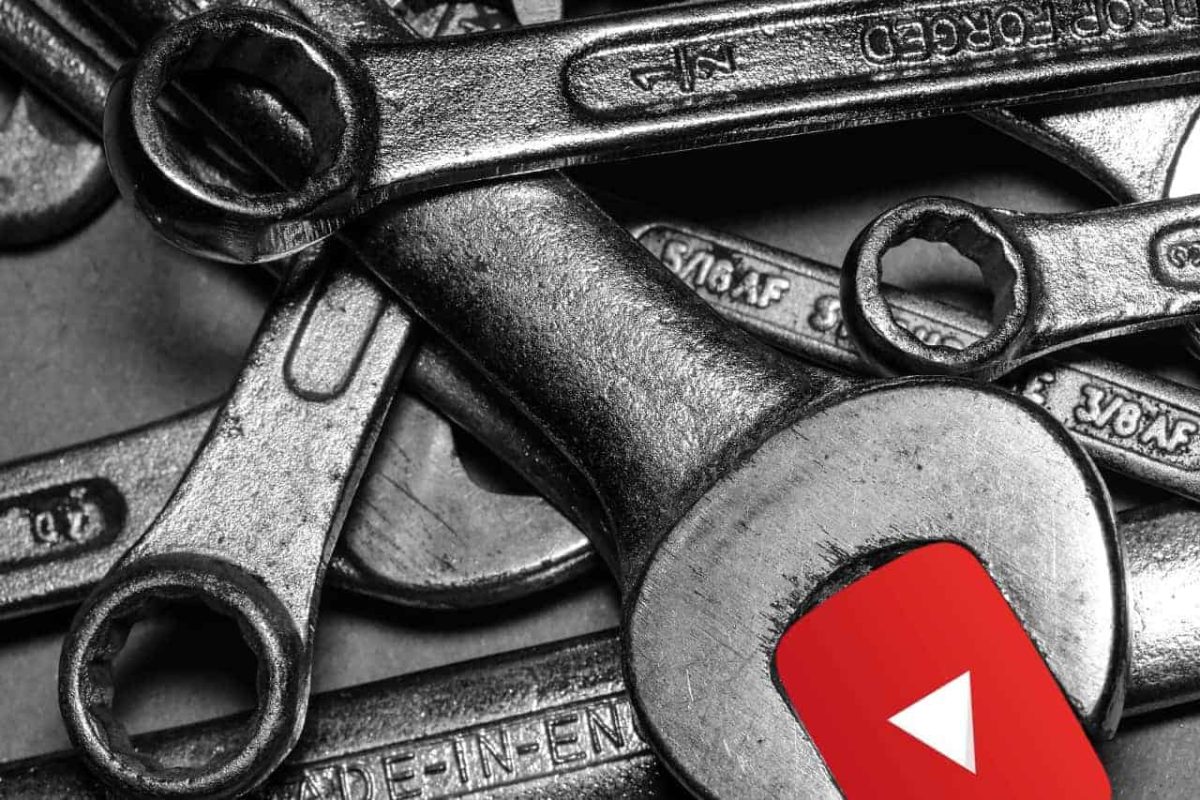You can paint pictures using only your fingers, but it’s doubtful you’d be any good at it unless you are Iris Scott.
All accomplished artists use tools to help them express their creativity; one tool helps them draw perspective; another helps mix colour.
As a YouTube creator, if you’re only shooting a video quickly, then uploading it after basic editing, in your own way, you are painting with your fingers.
The top YouTubers use a range of tools to help create and promote their work. Some help to make the videos more entertaining, while others allow their videos to rank well.
This article looks at ten products you could add to your YouTube video creation toolbox. Five help the visual/production process, and the other five help you with SEO/ranking.
Let’s jump right in.
Visual / Production Tools For YouTube
These five tools help you to transform your videos from dull talk-to-the-camera sermons into more expert productions.
There are tools for graphics and editing, libraries of sound and b-roll footage, and tools for captioning your content.
Adobe Creative Cloud – YouTube Video Production Tool
Occasionally you want a tool to edit photos, sometimes you need a tool to polish audio, and you always have to edit your content.
Adobe Creative Cloud is a suite of tools that help you to produce professional-quality content. For one monthly price, you get access to over 20 applications that are used by many of the top creators in the business.
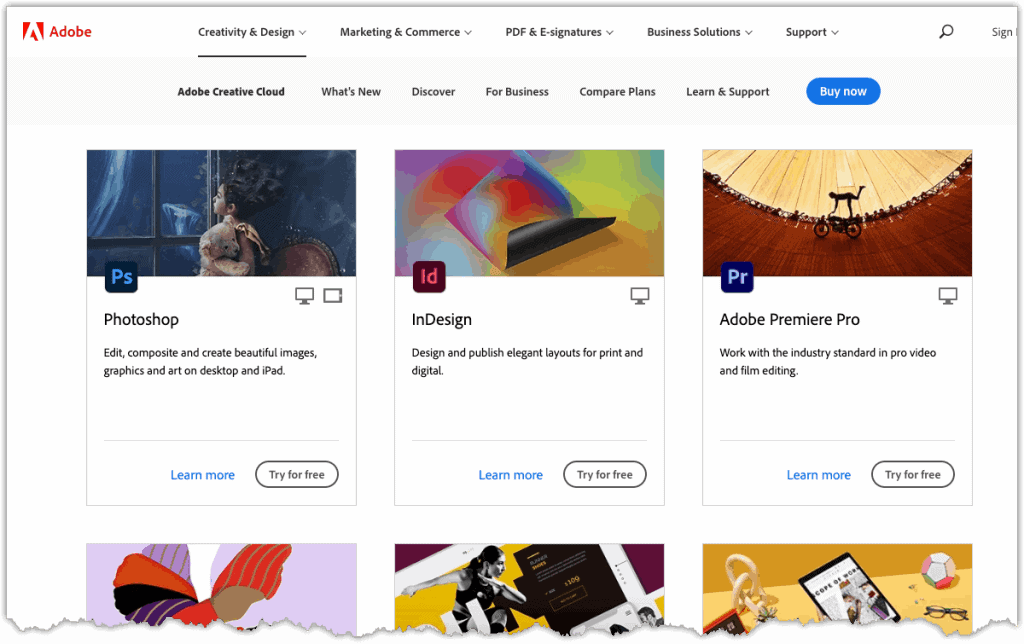
You could hunt around for individual alternatives from other providers. Some you’ll be able to find free of charge, others you’ll be able to hack together using free trials, but you should want to use the best. And the best thing about Adobe Creative Cloud is that all the tools in the suite work happily together. So you’ll never have to hunt down file convertors, and you’ll be able to use tools that you hadn’t consider trying before.
For YouTubers, the centrepiece of Adobe Creative Cloud is Premier Pro, the industry-leading video editing software. You’ll need a decent computer to run it on as it’s quite resource intensive.
While there is no free trial for the Creative Cloud collection of tools, you can trial some of the individual ones for 30 days. Adobe Creative Cloud works on both Windows and Mac.
Website: adobe.com
Price: $49.94 per month for access to all tools.
Storyblocks – Youtube B-Roll and Audio Library
Give your videos extra flair with B-roll footage and sound effects. These types of assets are available free of charge on some stock-footage websites, but the choice of clips is small, and many are overused.
Storyblocks is a paid stock-footage website with 1.5 million videos, images, and sounds you can edit into your content.
All media is copyright-free and easy to find using categories and tags.
Want to cut to a person crying to emphasise a point? Storyblocks has a choice of over 1000 videos.
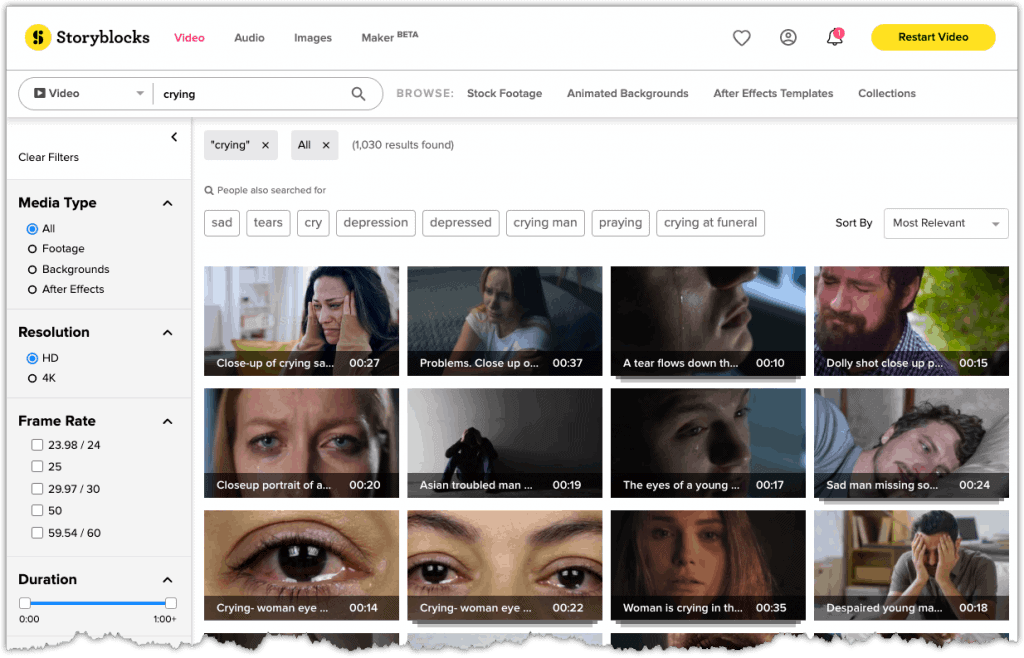
Video is available in a variety of resolutions including 4K, and most clips are under 35 seconds long. The audio clips include sound effects, short tracks, and shorter loops which you can, well, loop to get the length you desire. If you need the sound of a hammer bashing on stone or an ambient backing track, you’ll find it on Storyblocks.
You can buy a lower-priced subscription to access only video or sounds, but these are quite restrictive.
Much better to buy a pass for unlimited access which is $65 per month. Plans are flexible, and you can sign up for only a month if you like.
You can also link your YouTube account to Storyblocks and let their automated software handle copyright infringement claims too.
Website: storyblocks.com
Price: Starting from $9 per month.
Placeit – YouTube Intro/Outro Tool, Channel Banners, Logos and End Screen Templates
Becoming successful on YouTube is very difficult to do without branding yourself. The immense volume of videos means you must build a recognisable image so that users can spot you in the search results and suggestions.
Of course, your branding needs to look good too. Crummy photoshop skills can make your videos stand out – but for all the wrong reasons. So use a service like Placeit to help you design and build a professional brand image.
Placeit has dedicated tool to help you design and produce YouTube intros and outros and has hundreds of templates to pick from. You can also design custom logos and animate them too.
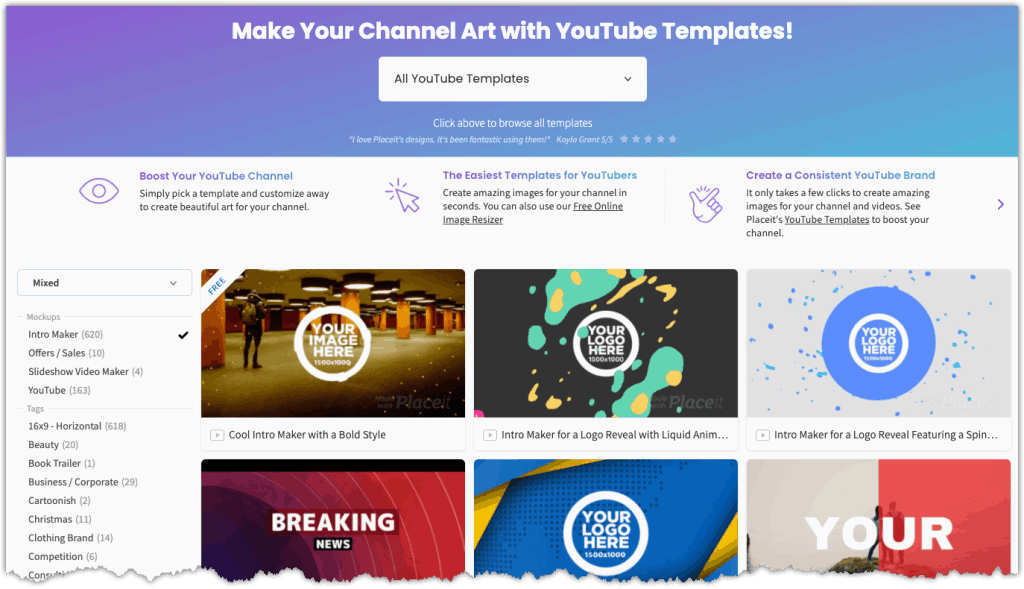
It’s likely as a Youtuber that you will want to cross-promote content on social media as well. Placeit has tools for creating Instagram stories and videos, and templates for Facebook covers.
Placeit is cloud-based, so you use all the tools via your browser. One price of $14.95 per month allows you to access all the functionality, and you can make a small saving paying upfront for an annual subscription.
Website: placeit.net
Price: From Free to $14.95
Rev – YouTube Caption Tool
Not all the people watching your content will view it in the same environment. Some will view your content in comfort sat on the sofa, where they can hear your voice clearly. Others will be on the move, on a bus or in a cafe, where listening can be difficult.
For some viewers, the location doesn’t matter at all: you exclude the hard of hearing when you don’t make your content accessible to all.
Rev is a service for adding captions and subtitles to your videos. Captions are a transcript of the words that you say, allowing the hard of hearing or those in a noisy environment to watch your content. Subtitles translate your content from your spoken language to another, opening your channel to a broader audience.
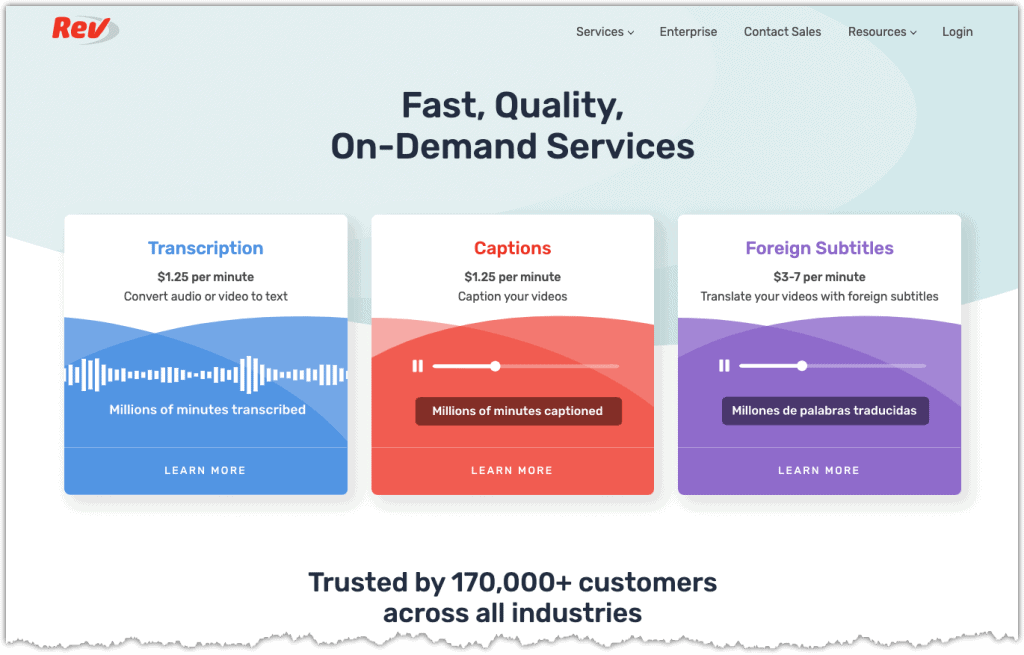
Rev doesn’t charge a fixed fee for its service; you instead pay based on the length of your video. Prices start at $1.25 per minute, so you always know exactly how much it will cost you upfront.
Website: rev.com
Price: From $1.25 per minute.
Lickd – YouTube Premium Music Library
If you want to use music by real artists in your videos, but worry about copyright issues, then you should try out the music licensing service from Lickd.
Designed expressly for YouTube content creators, Lickd has thousands of real songs to choose from by genuine artists.
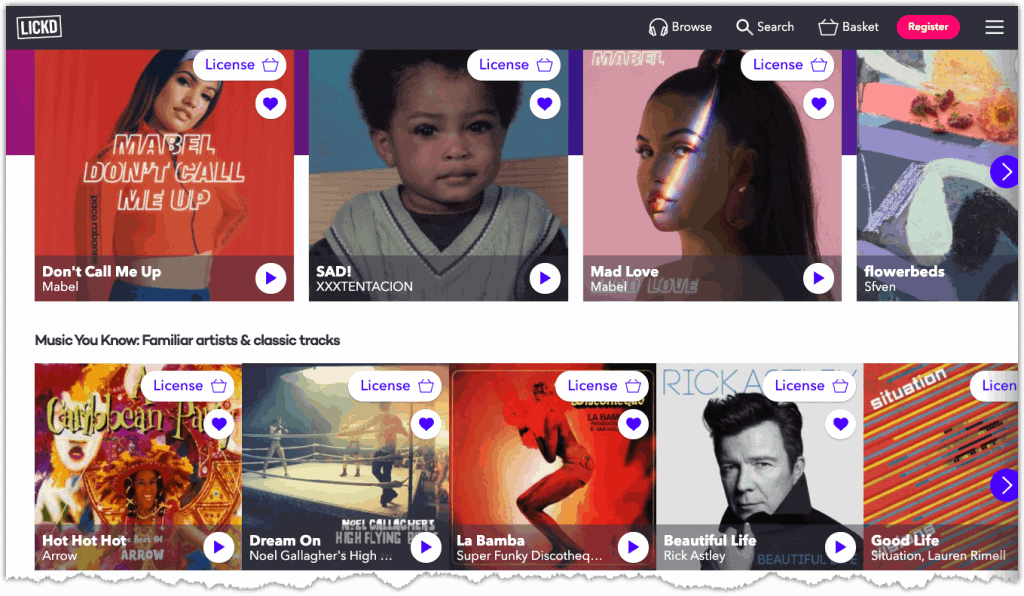
You have to license each track individually, and Lickd set the cost dependent on your YouTube audience size. If you have under 50 thousand views on average for your videos, then prices start at $8 per track.
You’re not allowed to remix or change the music in any way, though you can edit for length. And while there aren’t too many well-established artists on the site yet, it’s early days. The more creators that use the service, the more artists Lickd are likely to attract.
Website: lickd.co
Price: From $8 per track.
SEO / Ranking YouTube Tools
You might create the best content around, but if you don’t choose the right keywords, or make the most of your metadata, then your channel may as well be invisible.
The following five tools help give you the best chance of your content being seen.
Google Trends
Google Trends gauges the popularity of any topic over time. It’s a way to discover which subjects are hot or not.
Google Trends can also help you plan the release of content for annual events. For example, if you want to know the best time to upload Halloween-themed content, the chart below shows you that interest starts to climb in mid-September. Maybe a bit earlier than you might have thought?
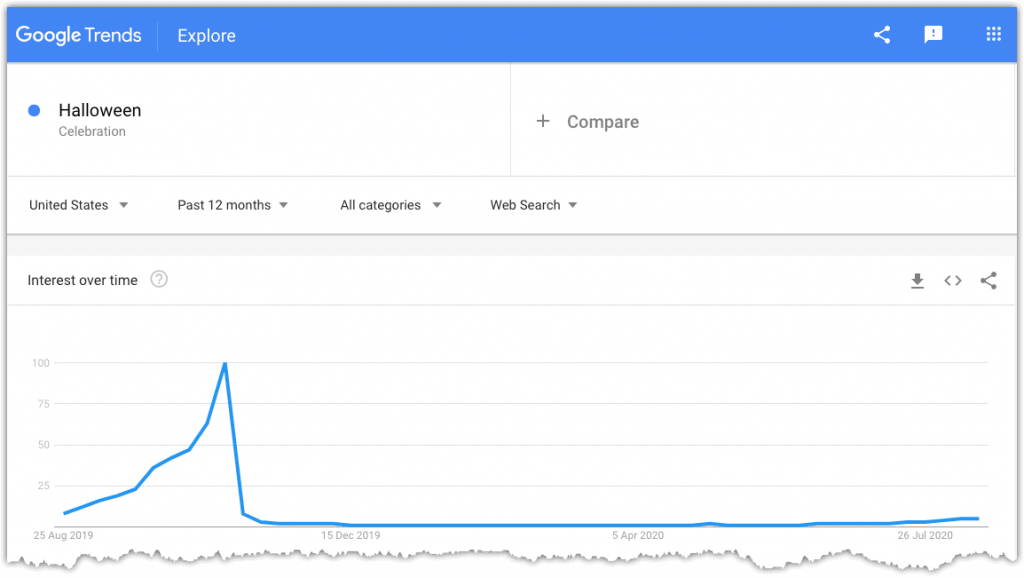
You can also use Google Trends to compare subjects, which can help you to narrow your focus when brainstorming ideas.
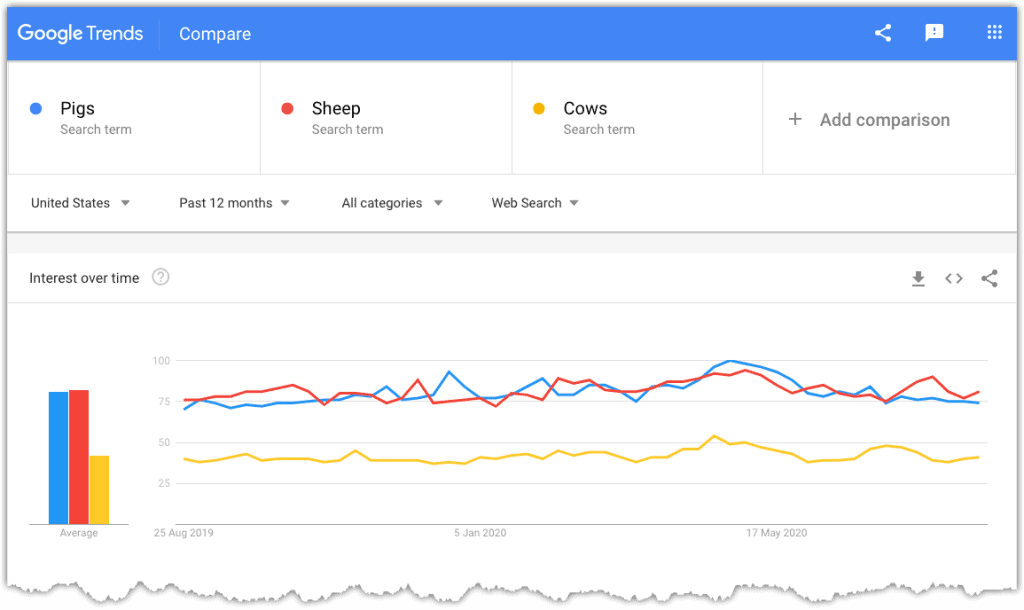
Google Trends is free to use and has lists of daily trends and real-time search trends, so you can see what’s creating a buzz online today. You also can view trend data by country, so you can find out what’s popular in your corner of the globe.
Website: trends.google.com
Price: Free!
VidIQ
VidIQ is a tool that aims to help you grow your channel in two broad ways.
First, vidIQ helps to maximise organic reach by helping you select the best tags, and choose the right keywords for your title and description. VidIQ works as a chrome plugin that displays extra data directly on the YouTube website.
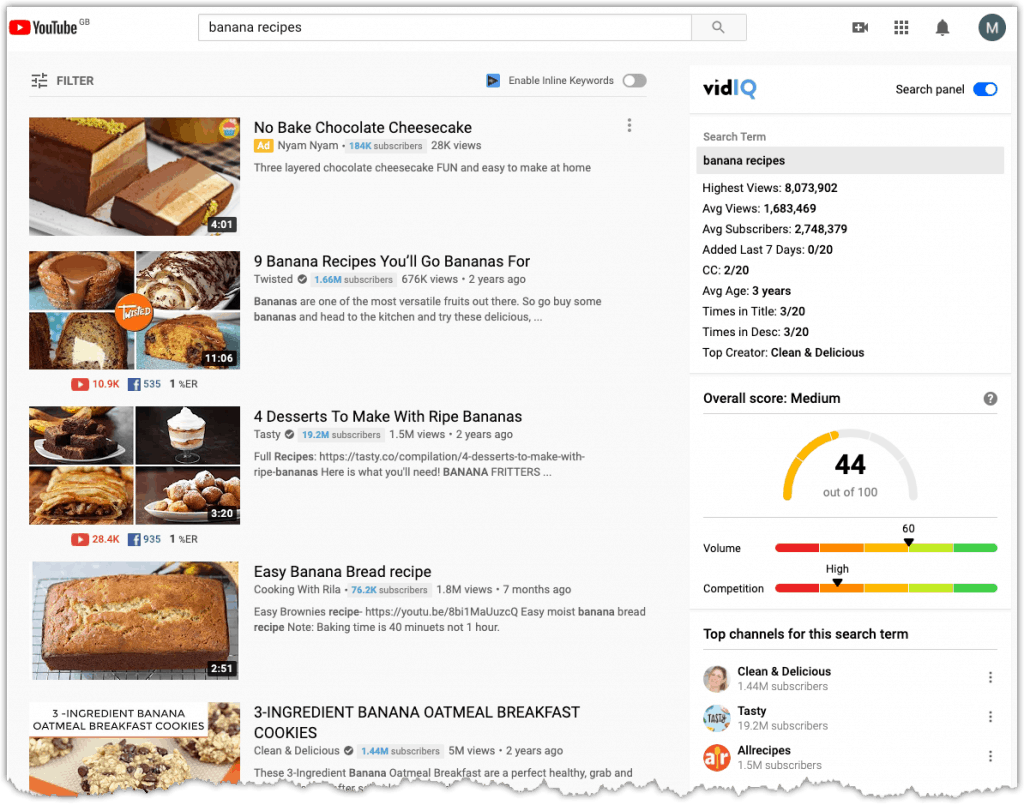
Once your videos have gone live, vidIQ keeps you on track by letting you know which of your videos performs well. The software also audits your content and can highlight issues, like which videos aren’t part of a playlist, for example.
There is a free option for the software, though this is restricted in functionality. To make the best use of the tool, you need to buy a subscription. The ‘Boost’ level is the best option as it allows you access to vidIQ’s keyword engine and permits you to track 20 competitors.
VidIQ is popular with many large and successful channels.

Website: vidiq.com
Price: From free, though you need a subscription to get the most from the tool. Starting at $7.50 per month.
TubeBuddy
TubeBuddy is a competitor of VidIQ and offers similar features, and uses a chrome extension to display keyword and video information on the page of YouTube’s website.
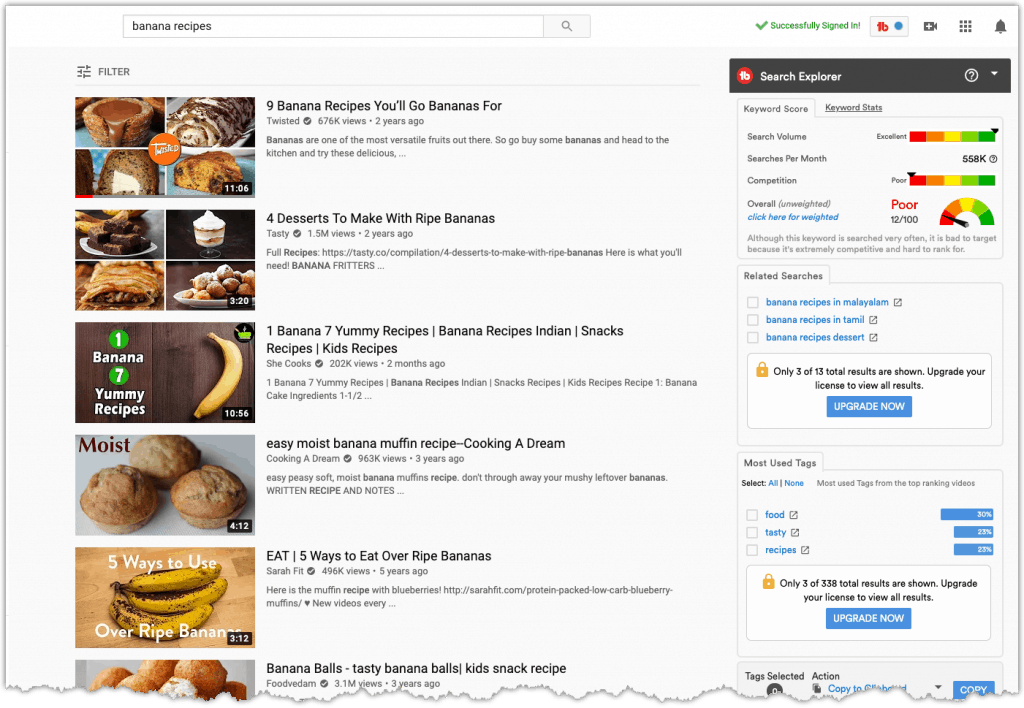
TubeBuddy also offers ideas for tags and other metadata when you upload a video. It advises on best practices to have your video rank as high as possible. It reminds you to add cards, end screens, and other essential parts that add up to make a successful YouTube video.
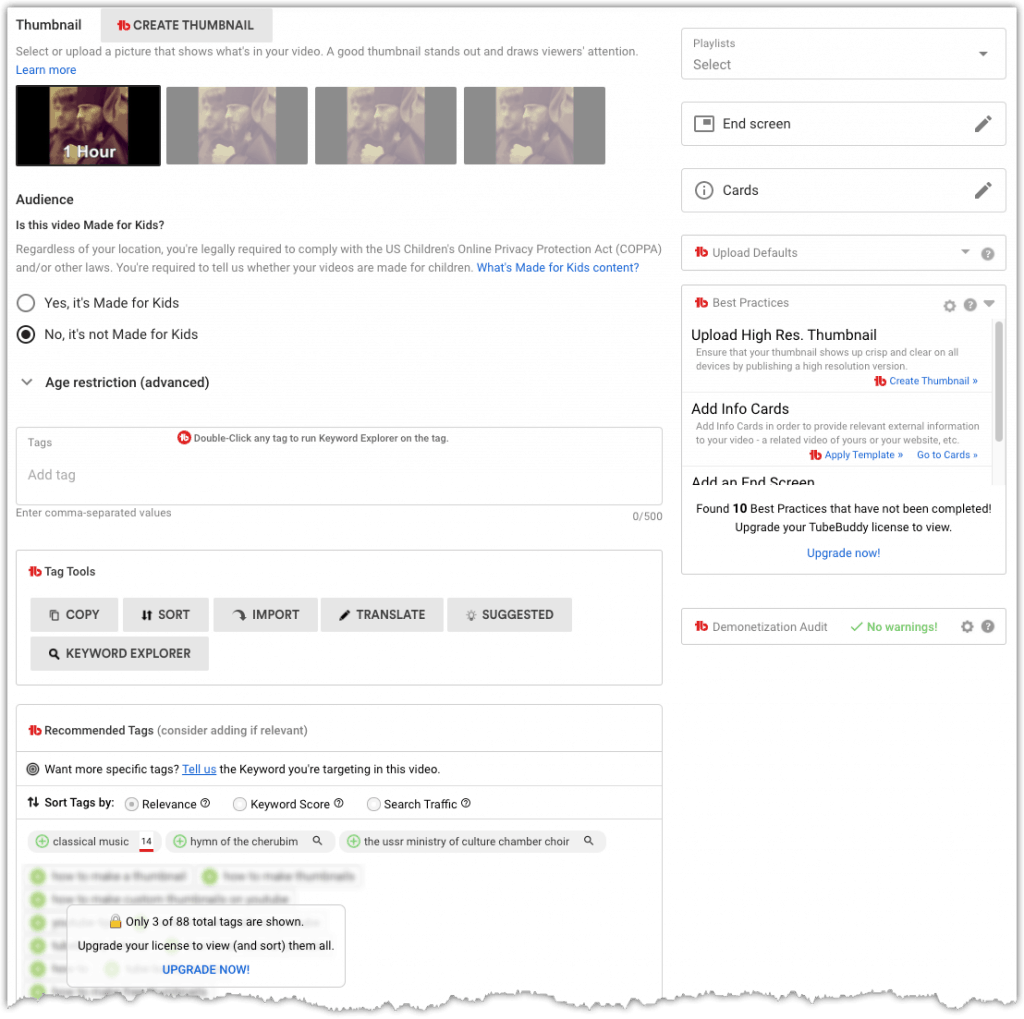
There is a limited free option to give you an idea of what the software can do, but to get lasting benefits, you need to take out a monthly subscription. Pricing starts at $9 per month for the ‘Pro’ level, though you can save 50% if you have less than 1000 subscribers.
Of course, you will only need to use either TubeBuddy or vidIQ to manage your channel, while they are both excellent, vidIQ has the slight edge.
Website: tubebuddy.com
Price: From $9 ($4.50 if you have less than 1000 subscribers.)
YouTube Autosuggest
Sometimes thinking up new content ideas is hard. But it can be time wasted, too, if you don’t perform keyword research first to see if your ideas are even popular.
Fortunately, there is a free way to check if people have an interest in your idea, and that is on YouTube itself.
You may have noticed when you begin typing in the YouTube search bar a dropdown box appears with a list of options. These show a list of search terms that users are already using on YouTube to find content.
Use the auto-suggest feature to find and validate your content ideas.
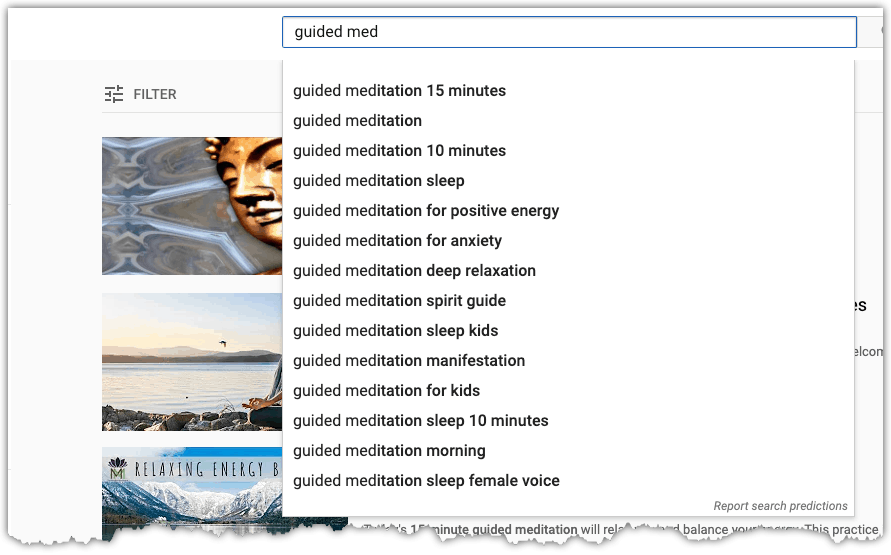
When you are compiling ideas from YouTube Autosuggest, also make use of the underscore character ‘_’. It acts as a wildcard when placed between two words. Here is an example.
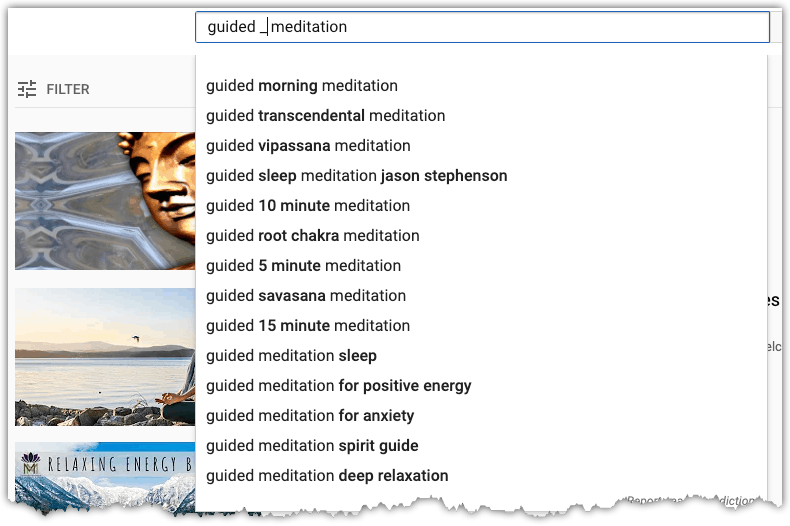
YouTube is giving you content ideas free of charge! Take this method a step further and combine the autosuggest search terms with the free version of vidIQ. You can see which of the ideas are popular and which you have a chance to rank with.
Website: youtube.com
Price: Free!
Morning Fame
Morning Fame is a website rather than the chrome plugin functionality of vidIQ and TubeBuddy. Morning Fame provides analytics for uploaded videos and a keyword tool to plan future content.
The analytics section gives a good historical overview of your channel’s performance. And offers suggestions on which of your videos perform best for your audience, and recommends which type of videos you should try to replicate.
Morning Fame also benchmarks your channel against to similar ones.
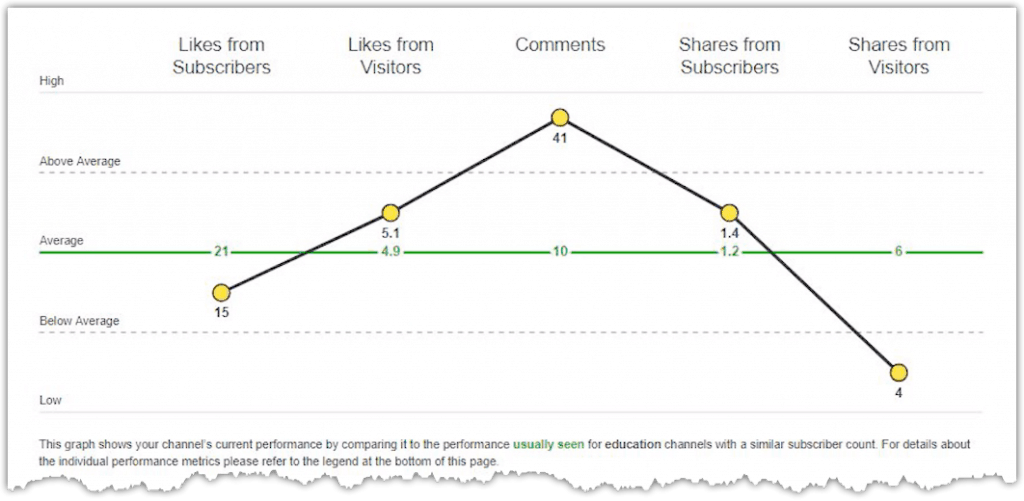
The keyword research tool suggests content ideas, and rates your chance of ranking for them considering your channel size.
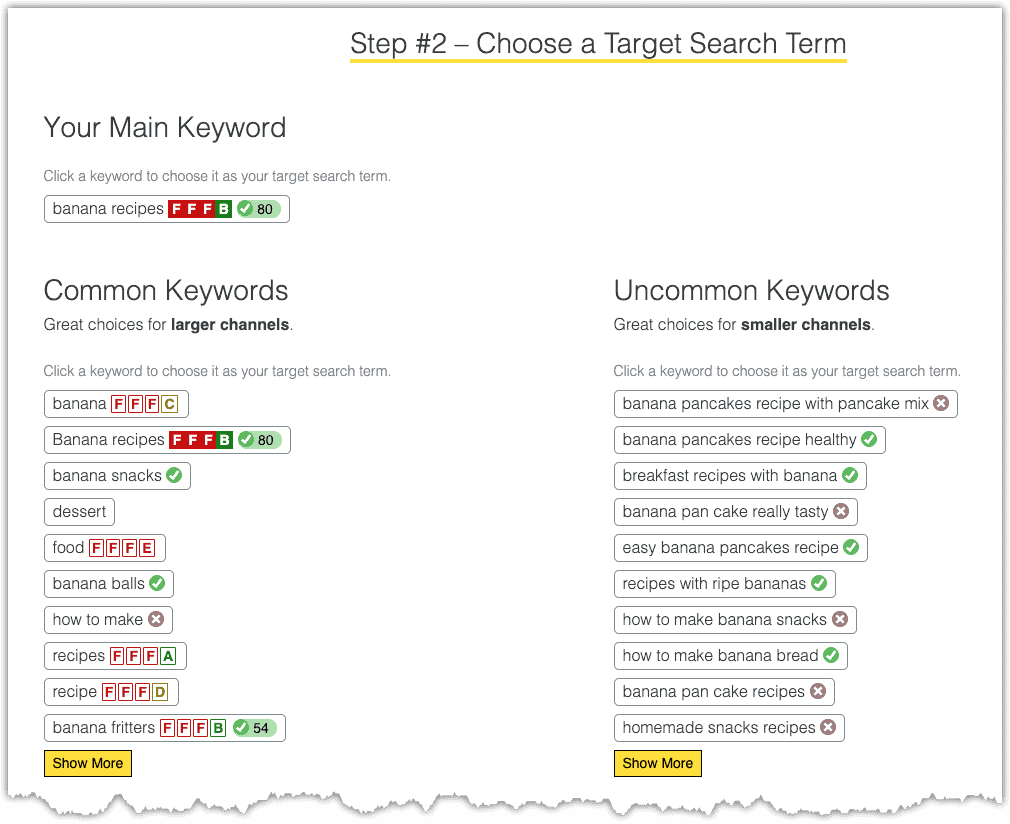
Once you pick a target keyword, Morning Fame rates your channel’s chance of ranking for the keyword.
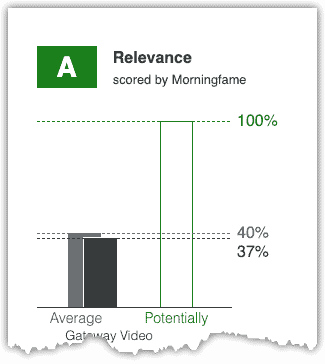
Morning Fame offers two levels of subscription. While both have full access to analytics reporting, if you want more than occasional access to the keyword research tool, you’ll need to choose the Plus plan at $12.90 per month.
Website: morningfa.me
Price: From $4.90 per month.
Conclusion
You’re unlikely to establish a channel on YouTube without using tools. Some tools help to make your videos compelling, and others help find best keywords to rank. There are 500 hours worth of videos uploaded to YouTube every minute, and you need to work hard to make yours stand out.
You need to add intros/outros to brand your videos, use B-roll and sound clips to enhance your content, and then make sure to edit your content well so that it engages viewers.
Finally, if you don’t take advantage of tools to help you plan and promote content, you will fall behind your competitors who will surely be using them.
If you need more help with equipment, software, artwork and other YouTube things then I have a list of EVERYTHING I use on my resources page.
Top 5 Tools To Get You Started on YouTube
Very quickly before you go here are 5 amazing tools I have used every day to grow my YouTube channel from 0 to 30K subscribers in the last 12 months that I could not live without.
1. VidIQ helps boost my views and get found in search
I almost exclusively switched to VidIQ from a rival in 2020.
Within 12 months I tripled the size of my channel and very quickly learnt the power of thumbnails, click through rate and proper search optimization. Best of all, they are FREE!
2. Adobe Creative Suite helps me craft amazing looking thumbnails and eye-catching videos
I have been making youtube videos on and off since 2013.
When I first started I threw things together in Window Movie Maker, cringed at how it looked but thought “that’s the best I can do so it’ll have to do”.
Big mistake!
I soon realized the move time you put into your editing and the more engaging your thumbnails are the more views you will get and the more people will trust you enough to subscribe.
That is why I took the plunge and invested in my editing and design process with Adobe Creative Suite. They offer a WIDE range of tools to help make amazing videos, simple to use tools for overlays, graphics, one click tools to fix your audio and the very powerful Photoshop graphics program to make eye-catching thumbnails.
Best of all you can get a free trial for 30 days on their website, a discount if you are a student and if you are a regular human being it starts from as little as £9 per month if you want to commit to a plan.
3. Rev.com helps people read my videos
You can’t always listen to a video.
Maybe you’re on a bus, a train or sat in a living room with a 5 year old singing baby shark on loop… for HOURS. Or, you are trying to make as little noise as possible while your new born is FINALLY sleeping.
This is where Rev can help you or your audience consume your content on the go, in silence or in a language not native to the video.
Rev.com can help you translate your videos, transcribe your videos, add subtitles and even convert those subtitles into other languages – all from just $1.50 per minute.
A GREAT way to find an audience and keep them hooked no matter where they are watching your content.
4. PlaceIT can help you STAND OUT on YouTube
I SUCK at making anything flashy or arty.
I have every intention in the world to make something that looks cool but im about as artistic as a dropped ice-cream cone on the web windy day.
That is why I could not live on YouTube without someone like PlaceIT. They offer custom YouTube Banners, Avatars, YouTube Video Intros and YouTube End Screen Templates that are easy to edit with simple click, upload wizard to help you make amazing professional graphics in minutes.
Best of all, some of their templates are FREE! or you can pay a small fee if you want to go for their slightly more premium designs (pst – I always used the free ones).
5. StoryBlocks helps me add amazing video b-roll cutaways
I mainly make tutorials and talking head videos.
And in this modern world this can be a little boring if you don’t see something funky every once in a while.
I try with overlays, jump cuts and being funny but my secret weapon is b-roll overlay content.
I can talk about skydiving, food, money, kids, cats – ANYTHING I WANT – with a quick search on the StoryBlocks website I can find a great looking clip to overlay on my videos, keeping them entertained and watching for longer.
They have a wide library of videos, graphics, images and even a video maker tool and it wont break the bank with plans starting from as little as £8.25 ($9) per month.
